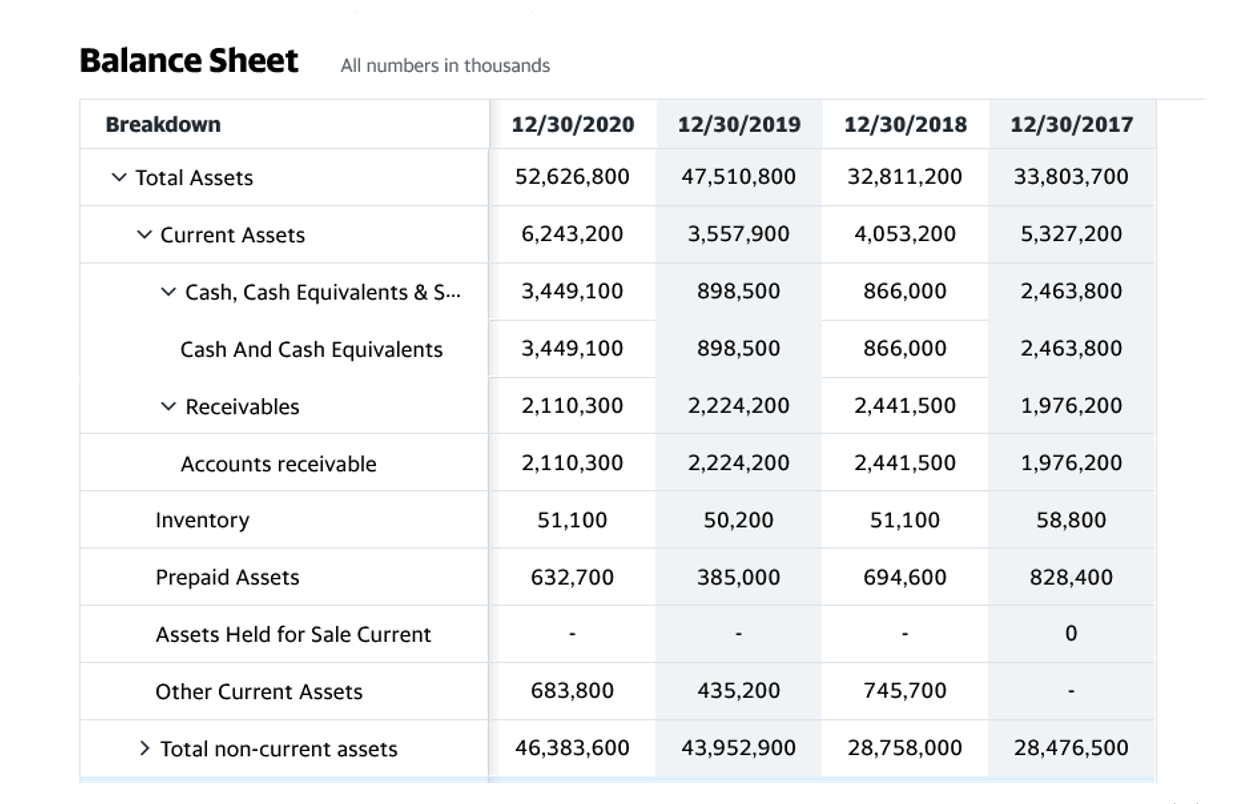What is Capital Stock Meaning: Definition, Formula, Types

The term legal capital refers to the minimum amount of money that a business must have to be considered legitimate. Many states require businesses to have a certain level of this value before they are able to receive a charter as a legal corporation. The equity section of a balance sheet represents the amount of equity invested by the owners in the business. This equity can be split into earnings retained by the business, and capital stock introduced by the owners. Yes, if a company issues more shares, the percentage of ownership for existing shareholders can be diluted. Another problem with using capital stock for research is that it does not always reflect the current value of a company’s shares.
In 2021, the Duolingo IPO valued the company at $5 million and shook the Nasdaq market. The balance of the capital stock account equals the stated value of the outstanding shares or—if there is no stated value—the total proceeds. The choice among issuing par value, stated value, or true no-par-value shares may be determined by state laws. The amount recorded in the capital stock account for a particular class of stock depends on whether the shares have a par value. Par value stock has an assigned value per share that is fixed in the corporate charter.
Authorized vs. Outstanding vs. Issued Capital Stock
So, don’t assume that the coming year will bring spectacular returns. If you plan to invest in C3.ai, the best strategy is to keep your position size small and don’t look at the stock price every day or even every month. As for AT&T’s balance sheet, it’s demonstrably improved over the past two years. At the end of March 2022, just prior to its spinoff of content arm WarnerMedia, which was subsequently merged with Discovery to create Warner Bros. When combined with cash compensation, as well as AT&T’s own organic debt-reduction efforts, it’s lowered its net debt to $128.7 billion, as of Sept. 30, 2023.

If you own a majority of shares, your voting power increases so that you can indirectly control the direction of a company by appointing its board of directors. However, for financial and business purposes, capital is typically viewed from the perspective of current operations and investments in the future. Issuing bonds is a favorite way for corporations to raise debt capital, especially when prevailing interest rates are low, making it cheaper to borrow. In 2020, for example, corporate bond issuance by U.S. companies soared 70% year over year, according to Moody’s Analytics. Average corporate bond yields had then hit a multi-year low of about 2.3%. A company’s balance sheet provides for metric analysis of a capital structure, which is split among assets, liabilities, and equity.
Share Trading
The organization of a business in the form of a joint-stock company and subsequent listing on the stock exchange is a popular way of raising funds for development. The more it is, the better, as it reduces reliance on external debt. However, this does not imply that a company with more outstanding debt on its balance sheet is a secure investment. Different financial professionals have divergent views on a firm’s optimal combination of stock and debt.
Investors who look for value appreciation and profits can buy the stock. On the other hand, one can trade stocks for resources, like equipment for appropriately working their business. Depending on how long the investor has owned the stock, it can be considered as short-term or long-term what is capital stock income. A stock registry lists all shareholders’ contact information, the number of shares they possess, and the unique identifier for each share. If the stock sells for $10, $5 million will be recorded as paid-in capital, while the remaining $45 million will be considered extra.

